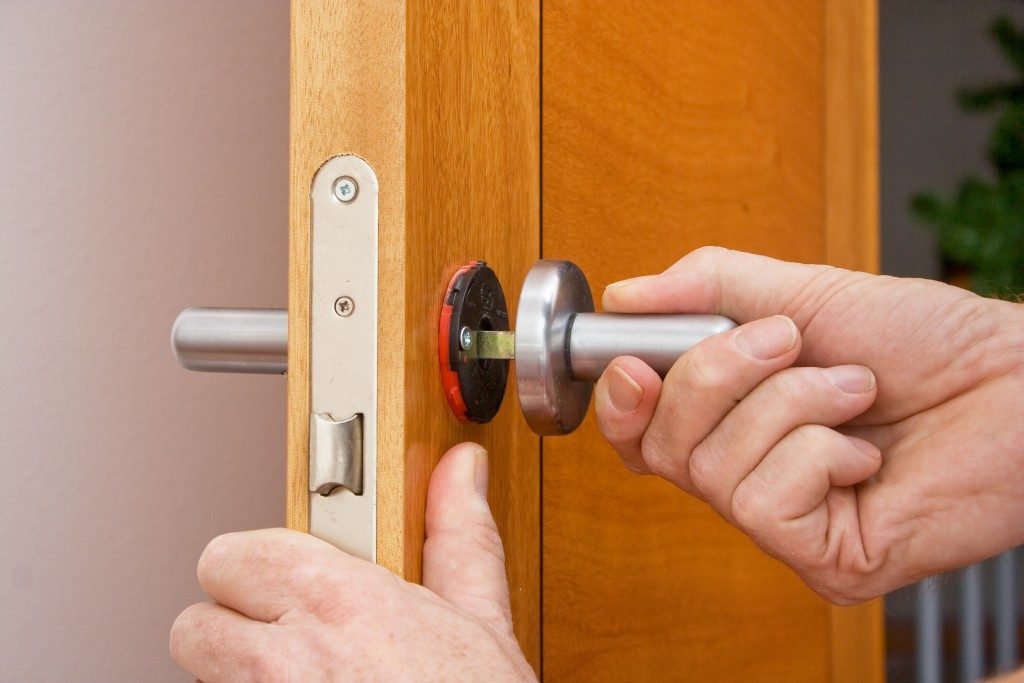Have you ever asked yourself if your home is safe to live in?
You and your mates decided to have a Saturday afternoon eat out in your backyard to watch the game instead of tailgating near the arena. The meaty aroma of the sizzling chops, steaks, and snags fill the air. Bottle caps popping, bunch of footie fans laughing, it’s not until a rogue ember falls onto the grass and starts a fire that you realise you’re in deep trouble. With no fire extinguisher, you resort to stomping the fire and throwing pitchers of water onto it.
Sometimes, you can be blinded by the beauty of your home and never notice that you forgot to make it safe and secure for everyone. Here are some safety essentials that might be missing from your home.
Childproofing
According to Kidsafe Australia, 68,000 children are hospitalised each year because of injuries stemming from poor home safety and sheer neglect. Then, there are 150 who die each year from such. All these can be prevented through simple precautionary measures and childproofing your home. Installing safety guards, child locks, and other child safety tools can help prevent any undue harm on children. However, constant monitoring of children remains the safest childproofing anyone can do.
Deadbolt Locks
Break-ins and home invasions might be a rarity in Australia, but that doesn’t mean they don’t happen. Aside from other security measures, installing deadbolt locks in your home, whether you live in an apartment or a house, adds a layer to your flat’s security. You can never know when a criminal might strike your home and take your belongings.
Fire Safety Tools

In Australia, it’s never enough to just install sprinklers and then call it a day. Fire safety tools, such as a fire extinguisher, a fire fighter pump, and smoke detectors are must-haves for your home. The former two are effective for cooking mishaps or protecting your home from the country’s intense wildfires. The latter, combined with a carbon monoxide detector, can alert your home from dangerous fumes and small fires.
Disaster Kit
You’ll never know when a deluge or a wildfire will hit your neighbourhood so it’s best to be prepared. Have a go-bag for the big one. Fill it with three days worth of non-perishable food and water, a torch and extra batteries, first aid kit, copies of your documents, can opener, cash, personal hygiene products, and a lot more. Some organisations, like the Australian Red Cross, offer detailed checklists for disaster preparedness kits that you should check out. There are also companies who sell go-bags and other disaster kits for reasonable prices if you prefer a ready-made one.
Emergency contacts
Instead of scrambling for your phone book, list down your emergency contacts somewhere that’s easily accessible and visible to you and other people. You want people visiting your home, from babysitters to friends, guests, or family members, to be able to help you out in case of severe allergy attack or other medical emergencies. Make sure to list down any pertinent medical information as well if you’re unable to provide such.
Safety and security should be your home’s number-one priority. Always make sure that your home is a safe and accommodating place for anyone. That means being prepared for any kind of emergency life throws at you.

